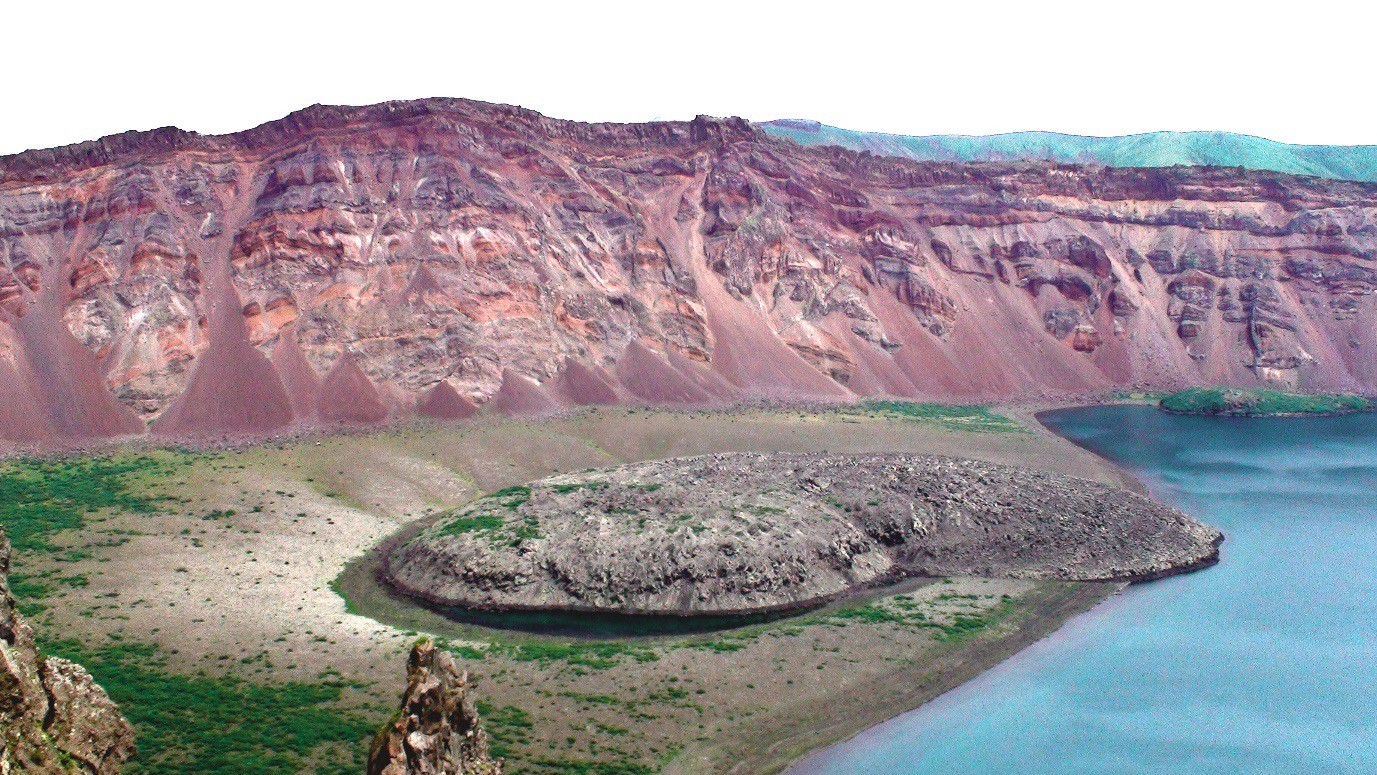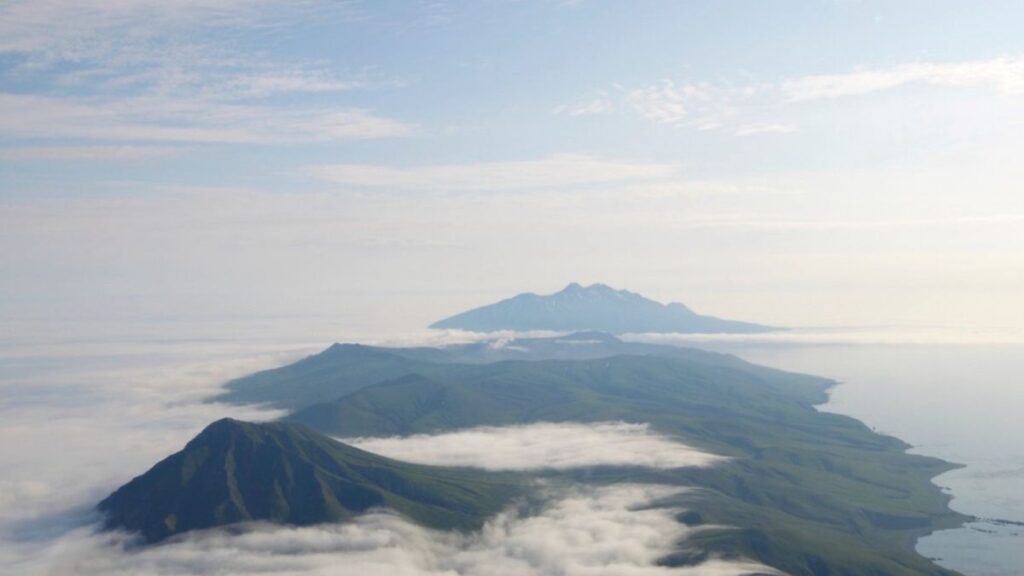Researchers have discovered the origins of a 200-year-old volcanic eruption that ejected so much sulfur into the atmosphere that it changed the climate and made the sun look blue.
In 1831, the Northern Hemisphere climate cooled by an average of about 1.8 degrees Fahrenheit (1 degree Celsius), coinciding with reports of gloomy, bleak weather and the sun turning different colors. Scientists knew a massive eruption caused this strange event, but the volcano responsible has remained a mystery — until now.
By studying ash deposited in polar ice cores, scientists traced the eruption to Zavaritskii volcano on the extremely remote island of Simushir, which is part of the disputed Kuril Islands between Russia and Japan. During the Cold War, the Soviet Union used a flooded volcanic crater on Simushir as a secret nuclear submarine base, according to a statement released by the University of St Andrews in the U.K.
The researchers’ findings, published Dec. 30, 2024 in the journal PNAS, highlight how little researchers know about volcanic activity on the Kuril Islands.
“Eighteen thirty-one is a relatively recent period of time, but we had no idea this volcano was responsible [for the dramatic eruption],” study lead author William Hutchison, a volcanologist at the University of St Andrews, told Live Science. “It was completely off the radar.”
Related: Undersea volcano off Oregon coast could erupt this year, geologists predict
The 1831 eruption was one of several 19th-century eruptions linked to the final phase of the Little Ice Age (1800 to 1850), according to the study. The Little Ice Age wasn’t an actual ice age — the last true ice age ended 10,000 years ago — but it did mark the coldest period in the last 500 years.
Hutchison noted that there are no written records of direct observations from the 1831 eruption, likely because the Kuril Islands were — and still are — remote and largely uninhabited, often clouded by thick fog. However, the volcano’s impact is well documented.
German composer Felix Mendelssohn wrote of “desolate weather” in the summer of 1831 that was “as cold as winter” as he journeyed through the Alps, the researchers said in the statement. Various accounts in the Northern Hemisphere also mentioned the sun turning blue, purple and green as a result of light scattering and absorption by aerosol particles from the volcano’s plume. A similar phenomenon was observed after the 1883 Krakatoa eruption, according to the study.

The eruption’s knock-on effects may have been deadly: lower global temperatures preceded major famines in India and Japan in the 1830s, according to the study.
“We know with large volcanic eruptions like this one that when you get cooling, you get changes to rainfall, you get changes to crop yield,” Hutchison said. “And that has a knock-on effect that there’s simply not enough food for people to eat.”
To identify the source of the eruption, Hutchison and his team studied the remnants of ash deposited in 19th-century polar ice cores collected from Greenland. The chemical fingerprint of this ash was similar to ash from volcanos in Japan and nearby islands. Hutchison said that the team ruled out Japan as a location for the eruption because of its dense population and well-documented record of volcanic eruptions. That led the researchers to look at the Kuril Islands.
‘Eureka’ moment
The team found that the ash deposits at Zavaritskii volcano perfectly matched the chemistry of the ash found in the ice cores. Hutchison said this was a “Eureka-type moment” and similar to finding a fingerprint match in crime scene forensics.
“It was really a terrific day,” Hutchison said. “One of the best days I’ve ever had in the lab.”
While the team solved the mystery of the 1831 eruption, Hutchison noted that there still isn’t any instrumentation monitoring volcanic activity on the Kuril Islands — this is true for most volcanoes around the world.
“If this eruption were to happen today, I don’t think we’d be much better off than we were in 1831,” Hutchison said. “It just shows how difficult it will be to predict when and where the next big climate-changing eruption will come from.”
